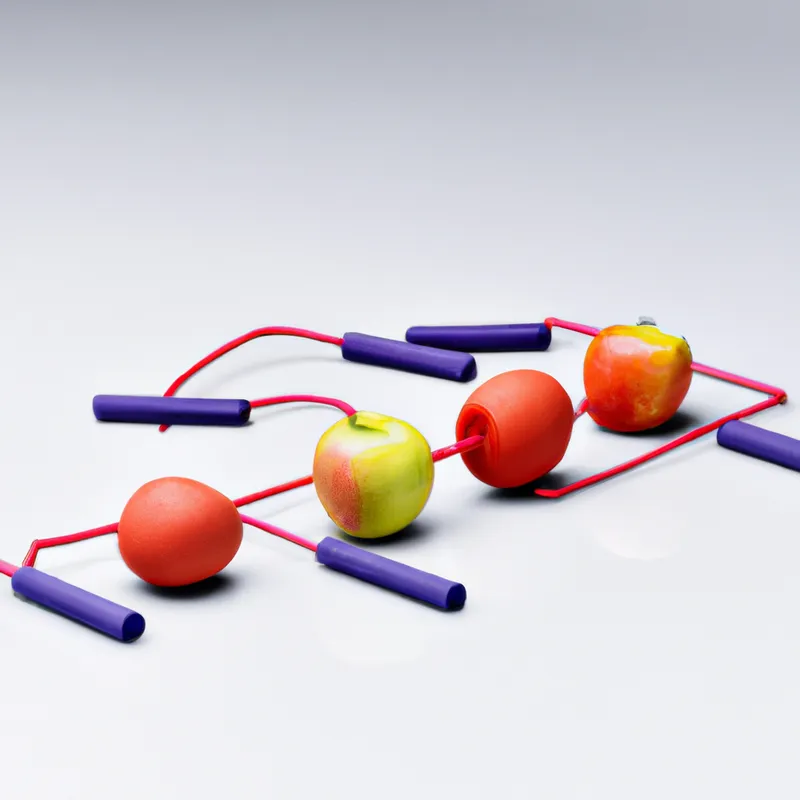Improve Your Dietary Choices Through HIIT Workouts
HIIT and Its Influence on Appetite and Eating Habits
High-Intensity Interval Training (HIIT) has gained popularity for efficiently burning calories and improving fitness. Many individuals turn to HIIT to fit workouts into busy schedules. HIIT not only enhances fitness but also significantly affects appetite and eating habits. This post explores how HIIT influences our food choices and consumption, detailing physiological mechanisms and offering practical tips for post-workout appetite management.
Understanding HIIT
HIIT involves alternating between intense exercise bursts and brief rest periods. This method maximizes calorie burn and boosts cardiovascular fitness in less time than traditional cardio. Research shows HIIT elevates metabolism for hours after workouts, known as excess post-exercise oxygen consumption (EPOC). Your body continues to burn calories even after you finish exercising.
Many individuals find HIIT more engaging than traditional workouts. The variety and intensity of HIIT keep participants motivated and challenged, leading to a more active lifestyle. Completing a high-intensity workout enhances mental well-being, adding to HIIT’s overall appeal.
How HIIT Impacts Appetite
Physiological Responses
Research suggests that HIIT regulates appetite through hormonal changes. After a HIIT session, many individuals report reduced hunger levels. This effect can last for several hours due to changes in appetite-controlling hormones.
HIIT reduces ghrelin, the “hunger hormone,” while increasing peptide YY (PYY) and glucagon-like peptide-1 (GLP-1). These hormones promote feelings of fullness, explaining why many resist unhealthy snacks after HIIT.
Timing Matters
The timing of HIIT workouts influences appetite. Morning exercise often leads to reduced hunger throughout the day, while evening workouts can stimulate appetite later. This reaction may stem from increased energy expenditure and metabolic processes after intense exercise.
Pay attention to your body’s responses to different workout times. You may find morning HIIT sessions help control cravings better than evening ones. If you prefer evening workouts, mindful post-workout meals can help manage increased appetite.
Hydration and HIIT
Hydration significantly impacts appetite regulation. Our bodies often confuse thirst with hunger. Staying well-hydrated is crucial, especially during high-intensity workouts.
Conclusion
HIIT effectively influences appetite and eating habits through hormonal changes and timing. Understanding these aspects can help individuals manage their cravings and make healthier choices post-workout.
Below are related products based on this post:
FAQ
What is HIIT and how does it work?
High-Intensity Interval Training (HIIT) involves alternating between intense exercise bursts and short rest periods. This method maximizes calorie burn and enhances cardiovascular fitness in a shorter amount of time compared to traditional workouts. HIIT elevates metabolism for hours after exercising, known as excess post-exercise oxygen consumption (EPOC), meaning your body continues to burn calories even after the workout is complete.
How does HIIT affect appetite?
HIIT influences appetite through hormonal changes. After a HIIT session, many individuals experience reduced hunger levels due to a decrease in ghrelin, the “hunger hormone,” and an increase in hormones that promote feelings of fullness, such as peptide YY (PYY) and glucagon-like peptide-1 (GLP-1). This hormonal response can help individuals resist unhealthy snacks post-workout.
Does the timing of HIIT workouts matter for appetite control?
Yes, the timing of HIIT workouts can significantly influence appetite. Morning workouts often lead to reduced hunger throughout the day, while evening sessions may stimulate appetite later on. This variation may be due to increased energy expenditure and metabolic activity following intense exercise. Individuals are encouraged to pay attention to how their bodies respond to different workout times to better manage cravings.















Post Comment